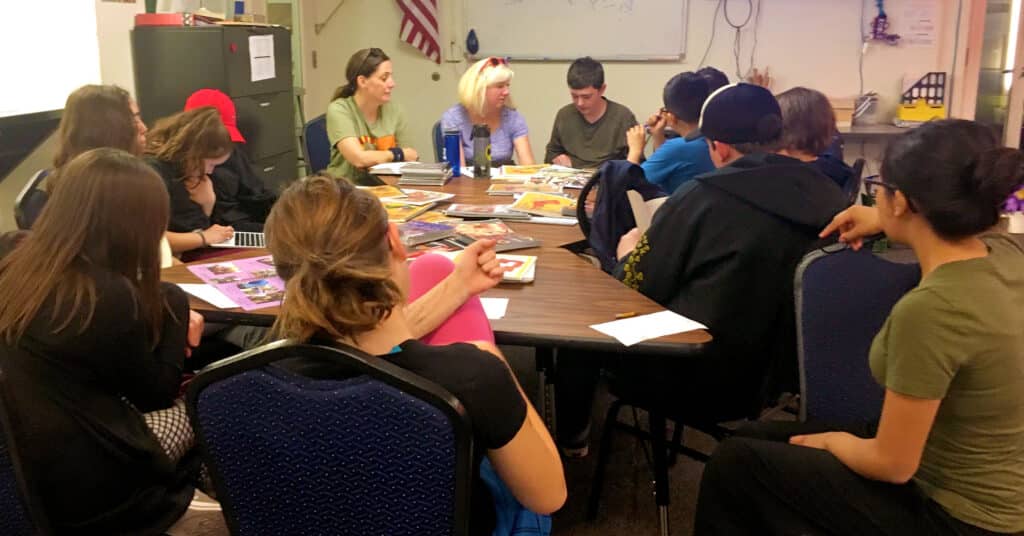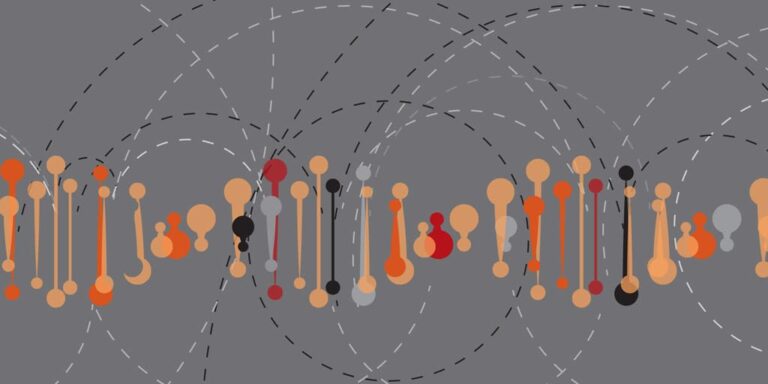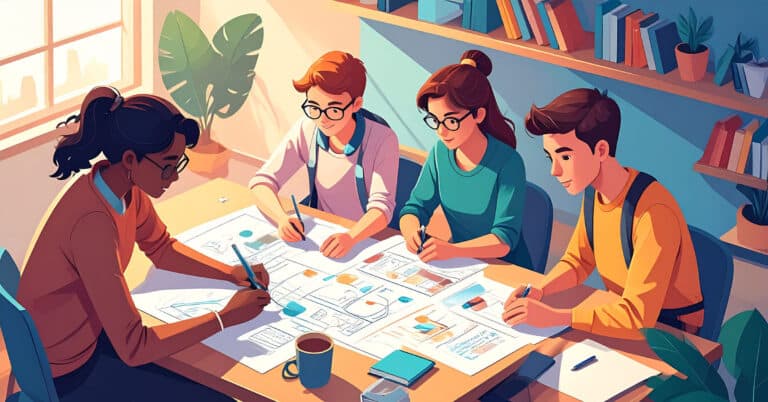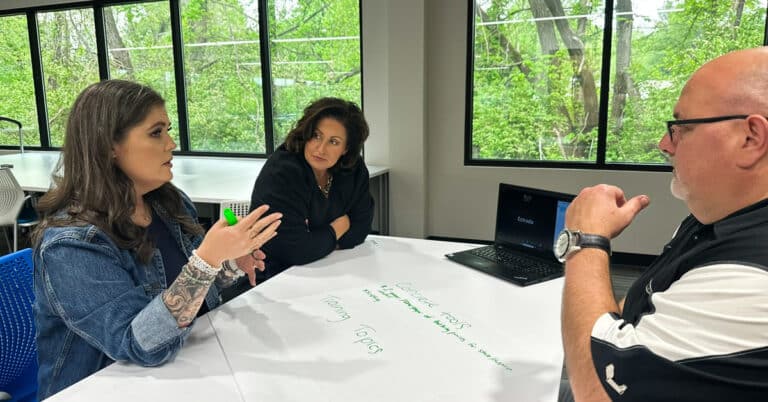Guest post by JoAnn Groh
You walk into a classroom and many students are purposefully working on their laptops. Most are working individually, but some are working with a partner. You peer over a few shoulders and see a mix of readings with follow-up questions, pre-recorded video instructions and Google searches.

At first the teacher rotates through the classroom, checking in on students and answering some questions. Eventually, after reviewing her notes, the teacher calls four students to a table and provides some small-group instruction. The other students continue working. When students have a question, they either seek help from a peer or put their name on the board for teacher support when she is available.
The above describes what one personalized, competency-based classroom might look like – where the pace of learning varies depending on the needs of students and teachers act as coaches supporting student-centered learning. Technology serves as a tool to support student learning, but it doesn’t replace relationships and learning opportunities with educators and peers.
If you have seen these classrooms in practice, it is impressive. But this scenario begs the question: Where and how does the collective, whole-class experience fit into this model of instruction? Whole-class discourse provides students with the chance to construct deeper meaning with varied perspectives. It also has more intangible, but still critically significant, impacts on social-emotional well-being.
Here are four ways to incorporate powerful, whole-class experiences into a classroom structured for personalized learning and how they are beneficial for whole-student growth.
1. Routines
Having routines provides predictability, safety and structure. Routines can give students a sense of control and independence – and, when done collaboratively, can build bonds and provide students with a sense of collective identity.
Examples:
- Regular group check-ins
- Kudos call outs
- Occasional fun traditions (e.g. Friday review on Kahoot)
2. Novelty/Fun/Emotion
Novelty is a brain-based strategy that helps cement learning experiences, especially when paired with an emotional reaction. The brain loves novelty because it stimulates the release of dopamine making new experiences enjoyable and motivating. Because novel stimuli engage the hippocampus, they enhance learning and memory. It is also a powerful strategy for boosting creativity. Shared novel experiences are bonding and fun.
Example: A debate about American independence from Britain set in a fake pub with costumes and using British accents
3. Hook
Launching a project-based learning unit with a “hook” that sets off the inquiry process helps invest students in their learning. A well-crafted hook captures attention, provokes questions and creates a sense of wonder, setting the tone for meaningful exploration.
Example: Playing a game of Monopoly prior to learning about economic systems and the impacts of market competition
4. Context
Having a field experience that connects to the learning tasks helps with intrinsic motivation. When students see the value of what they are learning, they develop a deeper understanding of the content and are more likely to pursue further exploration with enthusiasm and ownership of their learning.
Example: Going on a field trip to a local community food bank before studying poverty and food insecurity or starting a unit on food regulations by conducting a lab experiment on bacteria
Working in groups helps students develop communication, empathy and conflict-resolution skills as they navigate diverse perspectives and learn to work towards shared goals. Collaboration fosters a sense of belonging and teamwork, encouraging students to value contributions from others while building confidence in their own abilities. Group problem-solving also enhances critical thinking, as students collectively brainstorm, analyze and test solutions to complex challenges.
These are the skills, knowledge and dispositions that employers are suggesting they need from employees. A well designed personalized, competency-based learning classroom will incorporate a variety of collaborative learning experiences along with self-paced work to maximize the benefits of both types of learning.
Tips for the Student-centered Learning Advocate
Reflect: When was a time you felt engaged with the people around you while you were learning something new? How did it differ from learning experiences designed to be individual?
Consider: What does your community offer that might help learners engage in one of these four experiences?
Act: Share this article with someone who might currently believe personalized, competency-based learning focuses too much on the individual.




